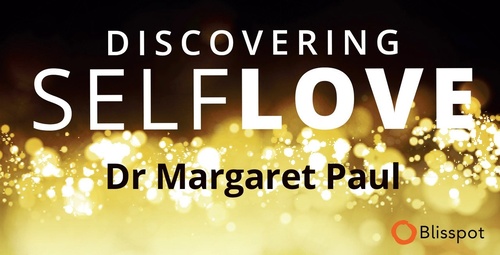There is a vast difference between the pseudo-strength of controlling behavior and the actual strength of loving behavior.
“My father was a very strong man. It was his way or the highway.”
“My mother is a very strong person. She is the matriarch of the family and controls everyone. I never see her cry.”
These descriptions of strength do not fall under my definition of ‘strong.’
Strength and Weakness
Strength is reaching a place in your growth where you have the courage to feel and lovingly manage your painful core feelings of sorrow, loneliness, heartache, heartbreak, grief, and helplessness over others—rather than avoiding them with various addictions and controlling behavior.
Weakness is when you are too afraid to feel and learn from your feelings, so you avoid them with substance and process addictions, and with controlling behavior toward others to get them to take responsibility for your feelings. Given these definitions, the above statements made by my clients about their parents are describing weakness, not strength.
Strong people are able to cry — to be moved by things and to cry as a way to release the energy of that strong emotion. Unfortunately, many people were programmed as children to not cry, since their parents didn’t know how to handle painful feelings – their own and their children’s. Many people were even teased, at home or at school, for crying, further programming them to avoid tears.
Strong people — people who take responsibility for their own feelings — do not need to impose their will on others.
Controlling people like to think of themselves as powerful, but power over others is not at all the same thing as personal power. Our world is filled with weak, insecure people who are afraid of their feelings and attempt to have control over getting others to do their bidding as an addictive way of avoiding the inner emptiness that results from their own self-abandonment.

People whose primary intent is to avoid pain—rather than having the courage to learn from their feelings and learn to love themselves and others—are not strong people. Their self-abandonment leads to fear, shame and insecurity, and to fears of rejection and engulfment, resulting in the kind of controlling behavior described above by my clients. People who are afraid of their feelings—of feeling overwhelmed by them, of finding out things they are afraid to know about themselves, or of being seen as weak—are weak. Unfortunately, our society often mistakenly refers to these people as strong; in fact, they are the bullies, exerting their power over others with anger, judgment, withdrawal of love, threats and violence. How backwards!
People who are approval-dependent, and who give themselves up through over-compliance, are often seen as weak. In truth, they are, but what is not often realized is that they are coming from the same level of weakness as the bully. They are using a covert form of control rather than the overt control of the bully, but inside, both the bully and the complier are coming from fear rather than love.
People who have learned to value their own inherent worth and lovability, and provide their own inner sense of safety — rather than making others’ attention and approval responsible for these things — are truly strong people.
They don’t need anyone’s approval to feel worthy, lovable and safe. They are not easily manipulated because they are their own person, trusting in themselves, rather than handing over authority to others to define them.

Practicing Inner Bonding leads to inner strength. It develops a strong, spiritually connected loving adult capable of defining your own worth and lovability, and creating inner safety through taking loving action on your own behalf. A consistent Inner Bonding practice gradually heals the fears and false beliefs that lead to addictive and controlling behavior. I hear over and over from my clients and from members of the Inner Bonding Village that they no longer take rejection personally and are no longer available to being controlled by others.
This is a powerful aspect of strength that results from practicing Inner Bonding.








